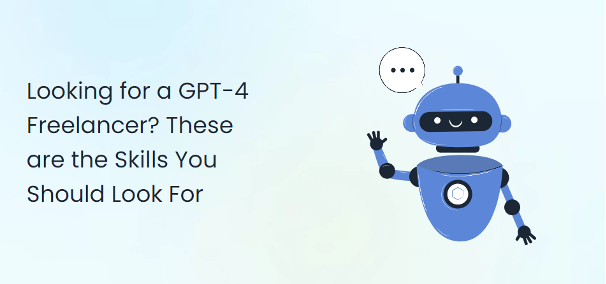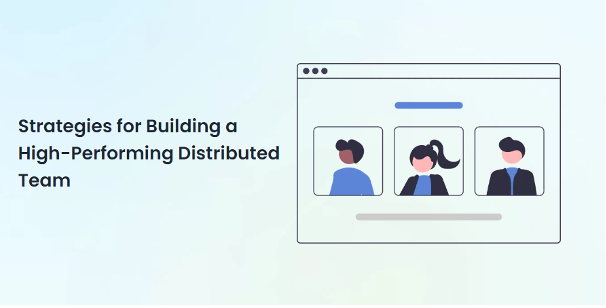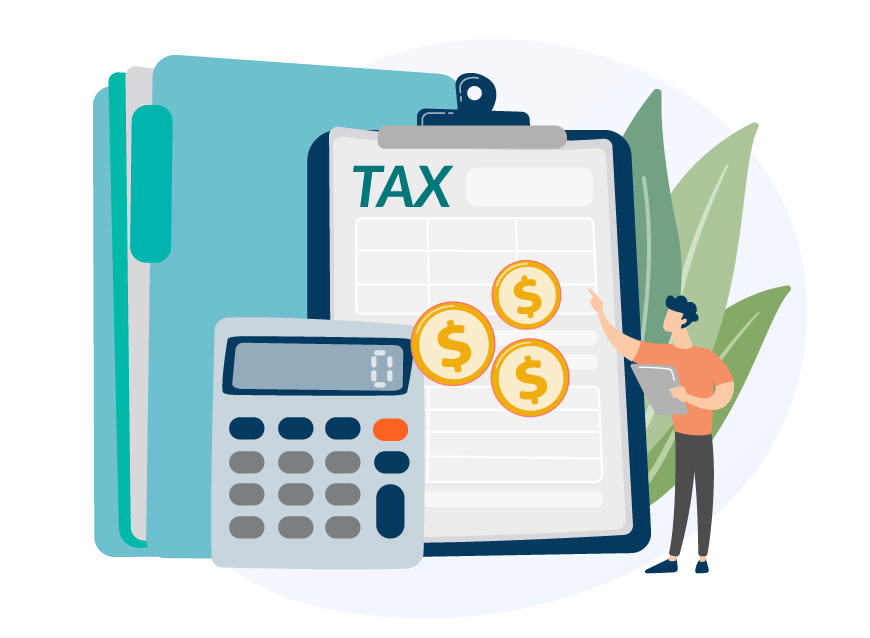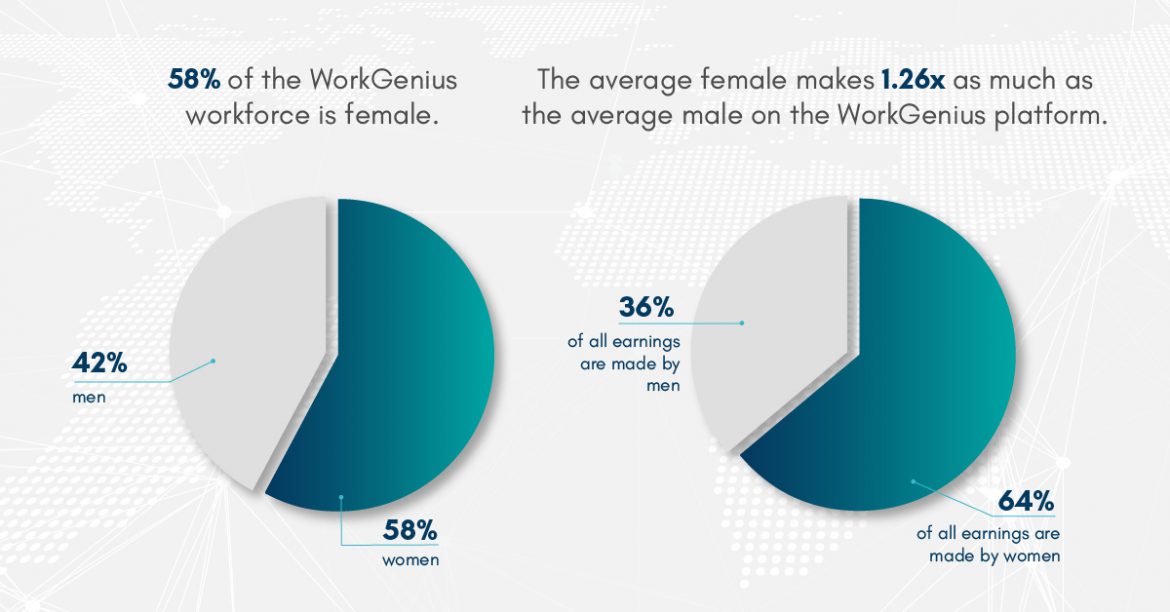Feeling overwhelmed at work and need more hands-on-deck? Or maybe you’re considering expanding your team but don’t have a budget to leverage. Hiring a freelancer may be the answer to your problems. Freelancers are independent workers who are highly specialized in their field and conveniently available to work on-demand. Businesses use freelancers during periods of peak demand to expand their workforce where it’s needed and when the workload decreases they can revert back to a leaner team. If you’ve come to the conclusion that you need a freelancer but have no idea where to start, don’t sweat it. We’re breaking down everything you need to know about hiring a freelancer in a few simple steps.
1) Sourcing your freelance talent
One of the biggest challenges to hiring a freelancer is actually finding them but thanks to the power of modern technology, it’s now become seamless to find the perfect one. Here are the best sources to find qualified freelancers fast:
- Social media: Believe it or not, social networks like Facebook, Reddit, and LinkedIn are a great resource to find freelancers. Look to Facebook, and Reddit to find online communities dedicated to job posters and seekers looking to connect. The best social network to find verified freelancers is LinkedIn. Their free tool ProFinder allows you to search among their network of vetted freelancers based on your project needs. This is especially great for clients with specific preferences for their freelancers such as working in-person vs remotely.
- Job boards: Posting on job boards is an easy, proactive way to find freelancers. Job boards like Indeed, Glassdoor, and Flexjobs typically ask for a small fee or subscription to post open positions but on average they bring in about 250 applications. The downside is that it can take hours of manual work to go through all the applications and not all of the sites pre-screen applications before you receive them.
- Freelance platforms: UpWork, Fiverr, 99Designs, and WorkGenius are among a sea of platforms with access to a pool of talented freelancers. Some platforms require you to go through negotiations while other platforms like WorkGenius uses AI technology to source talent for you. To find the best fit for you, research each platform to see which one best integrates with your business.
Pro tip: Before posting a freelance position online you’ll want to make sure you’ve carefully evaluated the project scope and qualifications in an ideal freelancer. When writing the job description make sure to include the following:
- Scope of work
- Project budget
- Required experience and skills
- Availability expectations
- Quality expectations
- Project deadlines
2) Vetting the applicants
Just as you would vet or interview full-time candidates you should do the same with your freelancers. Depending on whether this freelancer will be remote or in-person there are a couple of ways to go about it.
- Hire remotely: If you’re looking to work remotely with your freelancer, use a freelance platform to analyze their profile and determine if they’re a good fit. You’ll typically find a rating, reviews from other clients, and examples of their work. All of this information can be incredibly valuable during the vetting process.
- Hire in-person: If you’d like your freelancer to physically sit in your office, you should screen candidates and also go through their online profiles. Start with a conference call to get an understanding of their experience and then an in-person interview to see how they’ll mesh with your team. Since freelancers typically stay with companies for a short period of time it’s best not to invest too much time interviewing them. Your goal should be to spend fewer resources to get more results with a freelancer.
- Modernized hiring: If you’d like to access vetted freelancers without the manual work or just don’t have the time, an AI solution may be the best fit for you. A company like WorkGenius uses machine learning and skill data to choose and vet the best freelancer for your tasks. That means you can completely skip all these steps and go straight to working with a freelancer.
Pro tip: If you have the budget and can’t decide on a freelancer, consider running a “test project.” Break up small sections of a larger project and post it online for your top candidates to work on. Then review the performance to determine which freelancer best meets your quality expectations.
3) Negotiating terms
Once you’ve selected your ideal freelancer you enter negotiation territory. Negotiations are a foreshadow into the success of your working relationship and the last thing you want is a bad ending. Here are some steps you’ll need to take before bringing them on:
- Method of payment: Freelancers are either paid per hour or per result and as a client, you’ll need to determine which one is more cost-effective for you. For example, if you have a small writing job that should only take a few hours, opt for a pay per hour agreement but for long term projects, consider pay per result.
- Fares: Once a method of payment has been determined, discuss a compensation amount that works with your budget and the freelancer’s expectations. The rates freelancers charge typically depend on their experience and quality of work so expect to pay more for better results.
- Predictable Pricing: If you’re using a freelancer platform like WorkGenius, you may have come across upfront pricing engagements. These platforms leverage technologies to predetermine the skills, time, and expertise necessary in order to provide reliable pricing before the project is started. This removes the guesswork typically involved in individual freelancer negotiations and allows for predictable budget forecasting at scale.
- Contracting an agreement: Once the negotiations are complete, create a legally binding document that holds you and the freelancer responsible for agreed deliverables and compensation. Some options include a statement of work, a contract, and even an NDA if your business requires it. You’ll want to include every expectation you have for the freelancer along with anything you’ve agreed to provide on your end. Include the payment method, compensation, scope of work, quality guidelines, expected deliverables, project deadline, expected availability, confidentiality terms, and consequences when a project expectation isn’t met. Think of this as a prenup with your freelancer. All of this ensures that both parties are protected.
Let the work begin
Once everything looks good on both ends, sign the contract and your freelancer is ready to start working! What many businesses come to find is that freelancers are immensely helpful in offloading tasks, relieving them from stress and adding back more time in their day to be productive. But if you find yourself struggling to manage your freelancers, you’re not alone. Believe it or not, only 8% of organizations that use freelancers actually have established processes in place to manage them. For insights on best practices, look out for our next blog on how to manage your freelancers. For a deep dive, on managing an external workforce watch our webinar here: http://bit.ly/Managing-Freelancers












